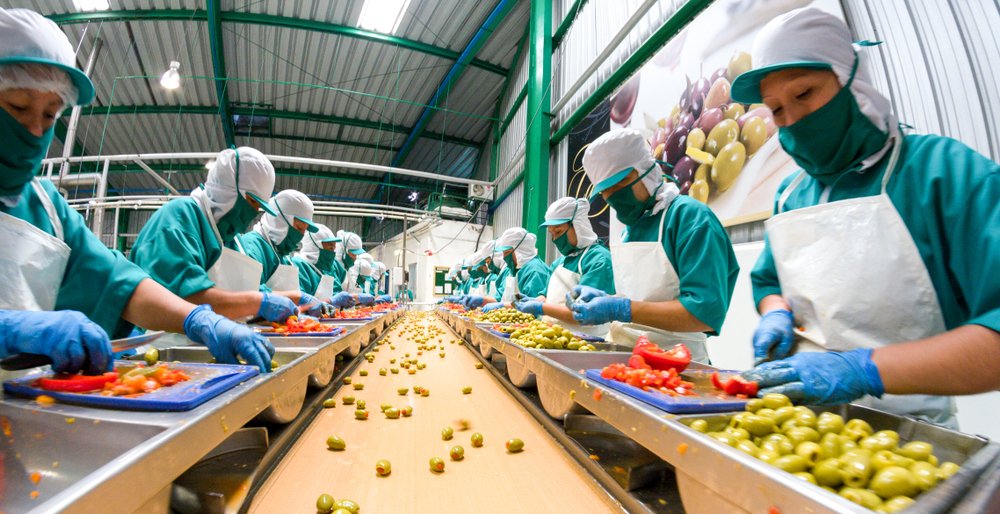The Five Dimensions of a Highly Successful Food Safety Culture

As we begin to see the light at the end of the tunnel of a disastrous year, one challenge refuses to go away. And that’s the continued threat of unsafe and contaminated food supplies.
Even with the stringent national and global regulations, we continue to see unsafe foods percolate throughout what we put on our tables and serve in restaurants. We’ve all seen the disturbing statistics. According to the World Health Organization, one in 10 people are sickened by eating food processed or prepared by others. And 420,000 people die each year from food-borne illness.
In addition to the dangers they present, food contaminations cost companies millions in lawsuits, product recalls, and damage to their brands. Unfortunately, rules and regulations aren’t enough, especially within a global food supply chain that is highly complex and fragmented. Regulations can be interpreted and applied quite differently depending on the industry, region, and individual people responsible for maintaining oversight.
Millions of frontline food workers with widely varying levels of languages, experience, and knowledge can’t always be relied on to consistently follow and enforce the food safety protocols and regulations depending on the level of their confidence and knowledge of their food safety behaviors.
There are protocols, and then there’s simply knowing what’s right and wrong, which is where a food safety culture comes into play.
The term “food safety culture” continues to evolve. For the last several years, food companies, their suppliers, and distributors have been using it to convey a sense of responsibility to provide safe food products and avoid recalls and lawsuits.
Every company claims to have a food safety culture. But how mature is it? How do they measure it? And how can they continue to develop and improve it in a way that drives a positive impact on their businesses and reduces food safety risks?
For years, those questions have been left answered by individual companies. Unfortunately, there has long been no solid definition or standard to define a food safety culture. That is until the Global Food Safety Initiative (GFSI) convened a global technical working group to create a white paper culminating in the inclusion of food safety culture expectations as part of its 2020 GFSI Benchmark Requirements.
GFSI measures a food safety culture by applying food safety practices throughout an organization based on five dimensions. Adopting and advancing these five dimensions will help put your company on the right path to developing a food safety culture that meets GFSI approval.
GFSI’s Five Dimensions of a Food Safety Culture
- Vision & mission – as part of a comprehensive commitment that covers a company’s overall goals as it grows and delivers products and services to customers.
- People – including key stakeholders and learning organizations along with the organization’s governance, communications, and incentives/rewards/recognition programs. I was fortunate enough to be an active member of the team that helps define and measure this category.
- Consistency – to evenly align food safety priorities with people, technology, resources, and processes.
- Adaptability – to provide the agility needed for companies to quickly respond and adapt to changes in their environments and take advantage of new opportunities.
- Hazards & risk awareness – to help all employees understand the potential food safety hazards that can impact customers and their organization.
We discuss these five dimensions in greater detail in our complimentary white paper. You can also watch the recording of this webinar we just presented on this same topic — Build a Mature Food Safety Culture that Meets GFSI Audit Standards.
In addition to diving deeper into all five disciplines, we’ll also explain how you can assess your current maturity level within each one.
For example, maturity levels within a dimension can depend on several factors:
- The role leaders and managers play within an organization to achieve and maintain a food safety culture
- How well and how regular food safety practices are communicated, and the metrics used to establish and gauge accountability
- A company’s level of awareness and adaptability to hazards and the steps needed to mitigate them.
We’ll also provide a short overview of standards created by CPOs (or scheme owners) to use during audits and ongoing efforts to drive continuous improvements. This includes SQF Code Edition 9, BRCGS Edition 8, IFS, and FSSC 22000.
We’ll also cover how federal agencies like the FDA are recognizing the important role of companies’ food safety culture.
With GFSI’s approach to defining and measuring a food safety culture, they’re creating a way for companies to make it easier for employees and senior management to change how they think and act at work to consistently support their organization’s food safety management programs.
Ensuring food safety is no longer a checklist of regulations and standards. It’s a way for them to know what’s right, what’s wrong and having the ability to focus on those key food safety behaviors that’s a shared responsibility by all employees.
GFSI describes this thinking as: “Rules state facts; culture lives through the human experience.”





